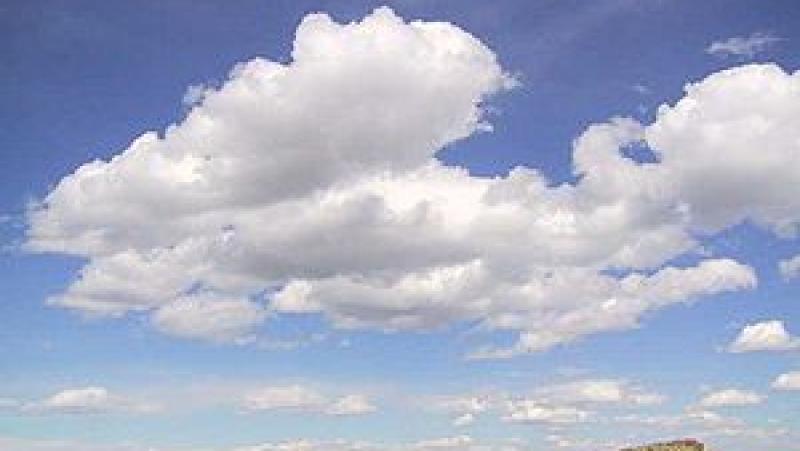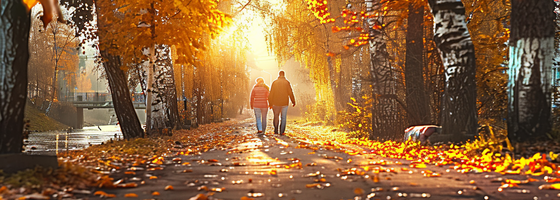The EU imports the main fertilisers, which needs to change
Even all the agricultural land on the continent will not be able to feed the animals
Not industrial livestock farms, but small herds raised in the mountains
When in 1958 Siko Mansholt of the Netherlands became Europe’s first agricultural commissioner, the continent’s farmers faced a very different situation than today.
Postwar officials focused on ensuring food availability, increasing productivity with better fertilizers and pesticides, protecting farm incomes with fixed prices, and eating the difference to keep the price of bread low for consumers. Mansholt’s Common Agricultural Policy (CAP) — established in 1962 — did all that and more.
Yet by the end of his career, the Dutchman realized the environmental and economic damage the CAP was causing. Soil degradation, water pollution and biodiversity loss killed ecosystems, while production-based subsidies gave birth to the notorious “wine lakes” and “oil mountains” of goods that had to be destroyed or dumped on foreign markets.
A lot has changed since then. But many things also remained the same, he said in a wide-ranging publication Politico.
The current CAP is the most climate-friendly yet, complete with eco-schemes and green rules. However, it has not yet been able to cope with rising greenhouse gas emissions and species decline. The package of 55 billion euros per year enriches the billionaires and impoverishes the small owners. The farmers are old and their children want a different life, leaving the migrants to work in the fields for little pay.
Against the backdrop of this crisis, academics from the university Wageningen – Europe’s largest agricultural institution – presented their annual Mansholt Lecture last week, along with an 80-page report on the main dilemmasaffecting agriculture in the European Union.
Here are the four main takeaways:
1. Autarky (self-sufficiency) is possible…
This will be music to the ears of European politicians who are increasingly worried about food security. Farm lobbies argue that over-regulation of the environment risks leading to empty supermarket shelves.
In fact, Europe’s food sector is quite self-sufficient. Its dependency ratio — the share of imported food and raw materials by value — is about 10 percent, well below that of technology and transportation, according to the report. The bloc is a net exporter, pumping out staples such as meat, dairy and cereals and importing ancillary products such as coffee, cocoa and tropical fruits.
Good, but the problem is that the EU over-reliance on the import of certain raw materials with a variable price, namely animal feed, fertilizers and energy.
Over 80 percent of our soybeans, a key feed for pigs, chickens and cows, come from Brazil and Argentina. Of the three types of fertilizer, 30 percent of Europe’s nitrogen relies on foreign fossil fuels. Over 60 percent of phosphate mined is Moroccan. And nearly 90 percent of the mined potash (potassium carbonate) comes from Belarus and Russia.
Brussels can partially reduce these dependencies and is indeed trying to do so. The upcoming EU protein strategy aims to increase soybean cultivation in Italy and France, while European Commission President Ursula von der Leyen has promised a clean industry deal in the first 100 days of her second term, which will, among other things, stimulates the production of green nitrogen for the production of nitrogen fertilizers.
“The EU can produce enough food … to feed its population, provided production of protein crops and oilseeds increases,” the report said.
But there is a catch.
2. … to eat less meat
Livestock populations are declining by several percent per year. Yet unless they decline dramatically – as consumers switch to plant-based diets – there simply isn’t enough land in Europe to grow all the feed needed, the report concluded. Of all the plants produced in Europe – for food, feed, textiles, wood, biofuels and bioplastics – 60 percent goes to raising farm animals.
Ruminants like cows, sheep and goats need tens of calories from the crop to make a calorie of meat. Pigs are slightly more efficient, but eat less grass than ruminants, which means they are much more soybean intensive. Birds are the best, turning feed into meat with much less waste. This means that white meat consumption may remain stable, but red should decline rapidly.
“A transition to more sustainable consumption patterns is needed,” the report concludes, noting that this is also critical for health and climate. EU citizens eat an average of 40 percent more protein than is recommended, which significantly increases the risk of cardiovascular disease and various types of cancer.
Livestock, meanwhile, accounts for 85 percent of agricultural emissions in the EU, which have proven difficult to reduce in recent years. The industry’s political clout has given it an almost complete exemption from climate targets, with EU officials delaying or delaying key legislation on sustainable diets and agrochemicals following protests by farmers across the bloc.
3. Diet is not just an individual choice
Last week, Christoph Hansen, the EU agriculture commissioner-designate, said meat consumption was an individual choice that lawmakers should not interfere with. “I think it’s very complicated to say and impose from the top down who should eat what,” he told lawmakers during a hearing before the European Parliament’s agriculture and farming committee.
Europe’s top food industry experts disagree.
“The reluctance to intervene in our food choices is in stark contrast to the common use of pricing strategies to reduce demand for [изкопаеми] fuels, as well as tobacco and alcohol,” the Wageningen paper notes. “Interventions are needed to support consumer behavior towards healthier and more sustainable diets.”
4. We need to think about deindustrialization of animal husbandry
Most of Europe’s meat now comes from factory farms that release chemicals into soils and rivers, increase the spread of animal disease and antibiotic resistance, and undermine animal welfare. Feed production “will also continue to compete with the production of crops suitable for human consumption.”
With this in mind, the Wageningen researchers presented an “alternative vision for animal husbandry”. The plan involves much smaller herds raised in areas unsuitable for agriculture (such as mountains) or near areas with large waste streams (such as processing, manufacturing or distribution facilities) to be fed waste and “raw materials”.
“In this more circular approach, the main role of animals would be to convert these non-human food flows, with the number of animals in a region determined by the availability of these resources,” the report said.
#prestigious #Wageningen #University #identified #biggest #dilemmas #facing #agriculture


